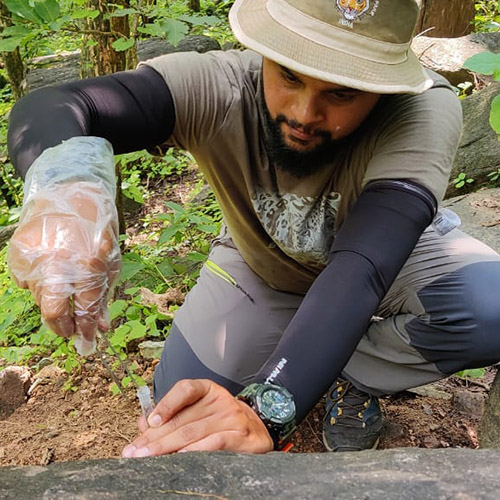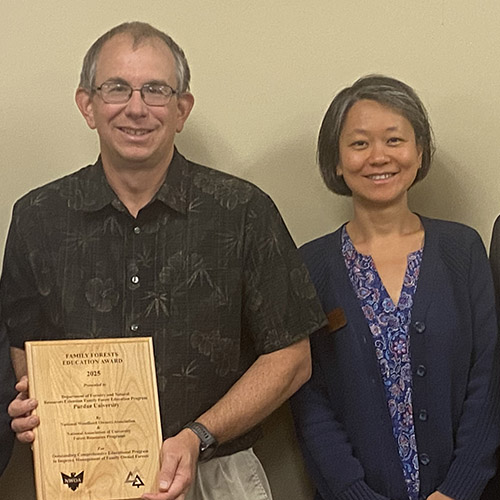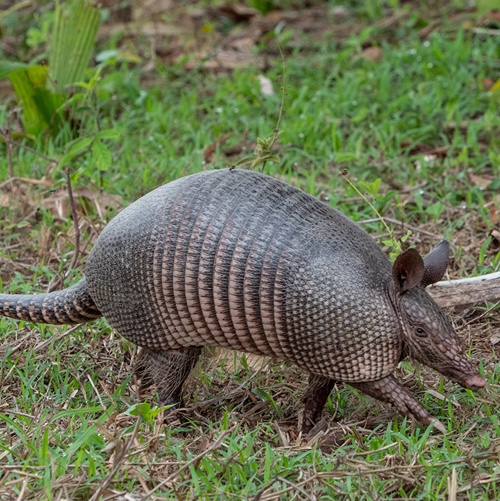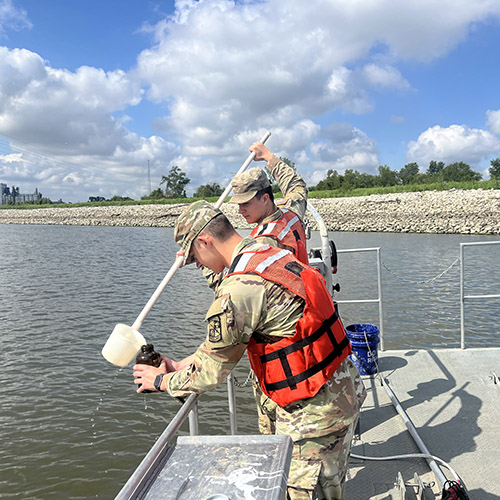Heenkenda Honored for Work Studying Otter Diets
Otter population growth in Indiana has led to conflict with individuals interested in recreational fisheries as otters prey primarily on fish. PhD student Erangi Heenkenda in Dr. Andrew DeWoody's lab is working to use eDNA sequencing to study the diet of otters to see if allegations that otters prey heavily on sportfish can be substantiated.
"Management agencies like Indiana Department of Natural Resources face allegations that otters prey heavily on sportfish to the detriment of recreational anglers, but there is not enough data to evaluate this claim by the fishermen," Heenkenda explained. "Therefore, we wanted to know if the eDNA sequencing approach used in this study was technically possible, economically feasible, and biologically informative with respect to otters and fishes of Indiana."
In collaboration with the Indiana DNR, Heenkenda obtained legally trapped otter carcasses and extracted DNA from their stomach contents. She then sequenced the fish DNA in each stomach and used a DNA barcoding approach to assign each sequence to a donor species, thus informing biologists about what species otters eat.
Heenkenda conducted a pilot environmental DNA (eDNA) study to determine if DNA sequences from the trapper-harvested otter stomachs could be used to identify their fish diet. She identified fish species consumed and their relative proportions in otter diets. Results showed nearly two dozen fish species were represented in otter stomachs, including some species of interest to recreational anglers, like Largemouth Bass and Bluegill. However, sportfish were a relatively small component of the diet in the samples.
"Our approach demonstrates that eDNA metabarcoding of stomach contents provides a relatively quick, simple, and inexpensive snapshot of diet that may be relevant to wildlife and fisheries management," Heenkenda said. "We have shown that this method, the eDNA sequencing approach, can help determine carnivore diet from stomach contents. We were surprised by the diversity of fish prey species in otter stomachs. We see they eat a variety of fishes and suggest there might be a slight preference towards benthic species.
"Our method is valuable because knowledge of otter diet can help identify common prey fishes that may warrant monitoring to protect the otter prey base. It provides an indirect way to monitor the presence/absence of prey species, including those of conservation concern."
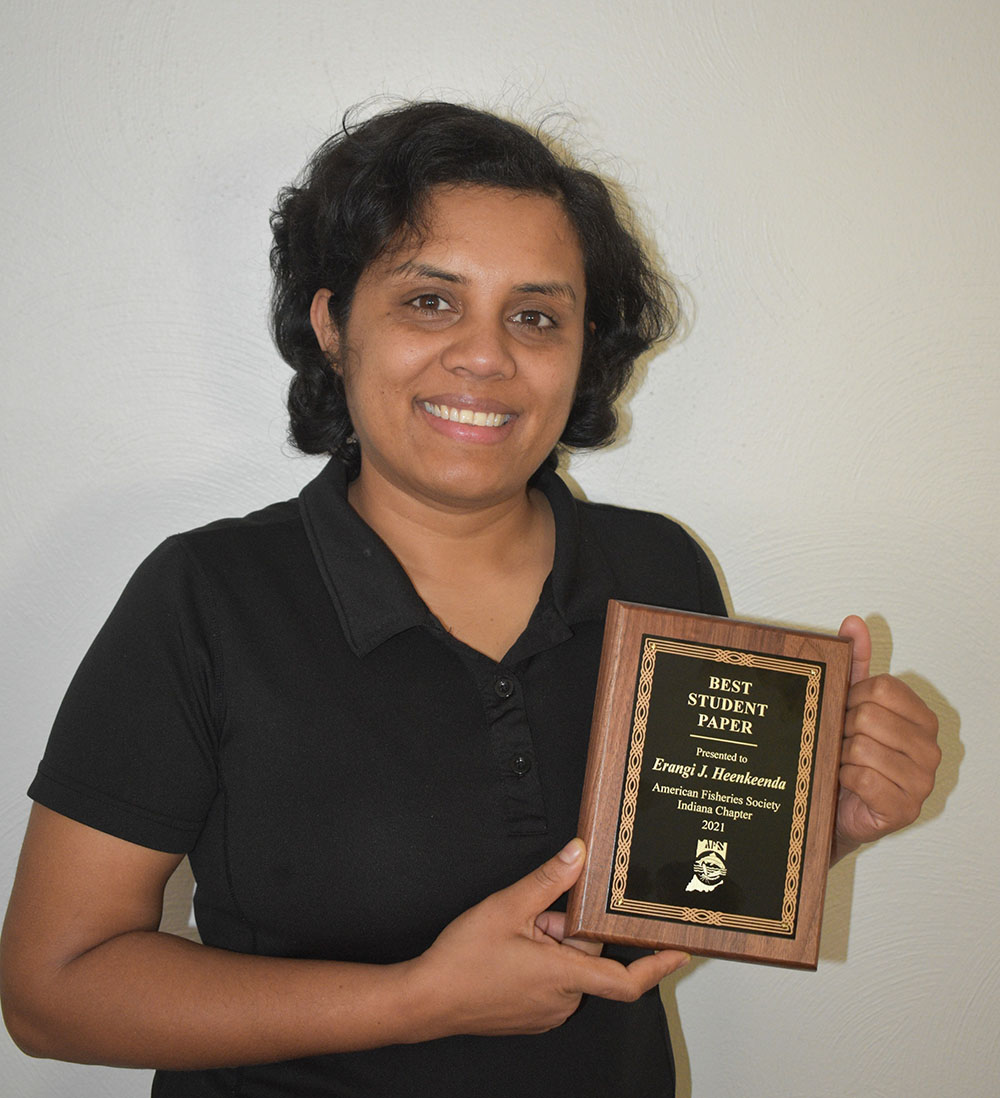 Heenkenda's PhD work uses new genetics and genomics approaches to answer conservation-related issues. This pilot study will not only help her learn the skills required to conduct further research, but this is novel approach for quantifying mustelid diet based on stomach content will benefit others who intend to work on related research.
Heenkenda's PhD work uses new genetics and genomics approaches to answer conservation-related issues. This pilot study will not only help her learn the skills required to conduct further research, but this is novel approach for quantifying mustelid diet based on stomach content will benefit others who intend to work on related research.
"We think our small pilot study has shown that this approach is technically feasible to conduct on a much larger scale," Heenkenda said. "With some changes (using different primers), we think it could be a practical approach in other carnivores like coyotes, mink, or other furbearers where roadkilled, hunter-harvested, or commercially trapped samples are available."
Heenkenda presented her findings at the spring 2021 meeting of the Indiana Chapter of the American Fisheries Society and won the Best Student Presentation Award.
"Erangi is a very bright and motivated student who is a joy to advise," DeWoody said. "I look forward to following her career development."
Story by By Wendy Mayer, Communications Coordinator

